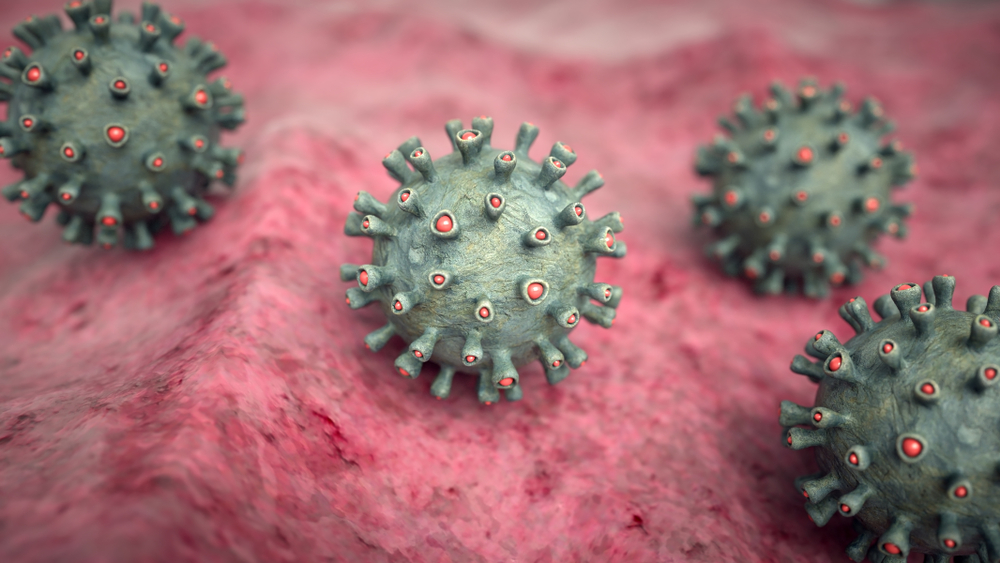A new study from Sweden shows how a type of peptide from a lactic acid bacterium destroys viruses, including coronavirus. The findings have resulted in a Swedish patent, with an international patent pending.
“We’re hoping for a quick turnaround to allow this discovery to be utilised in antiviral treatments and as a complement to vaccine,” says Hazem Khalaf, docent and researcher in microbiology at Örebro University.
Khalaf and fellow researcher, Torbjörn Bengtsson, post-retirement professor of biomedicine at Örebro, were responsible for the study, which has been published by the National Library of Medicine. The research builds on previous studies of peptides as an alternative way of treating bacteria that have developed resistance to antibiotic drugs.
New variants of viruses leading to epidemics and pandemics pose a threat to global health. Normally, developing new vaccines is a lengthy process – the COVID-19 vaccine being something of an exception – which increases the demand for antiviral drugs.
Which peptide has been used in the study to destroy viruses?
The peptide used in this study is plantaricin (PLNC8 αβ). The researchers used the same basic concept as in a previous bacterial study published in Nature Scientific Reports. The starting point is that the peptide binds to lipids in the virus membrane through electrostatic interaction.
“This lipid membrane is stable and does not mutate. But if the membrane is destroyed, viruses can’t attach themselves to human cells in order to reproduce and cause disease,” Bengtsson said.
The plantaricin PLNC8 αβ had an effect on a broad spectra of viruses surrounded by a membrane, notably coronavirus, influenza virus and flavivirus.
Virus mutation
Viruses mutate very quickly, which became very clear during the COVID-19 pandemic. The antiviral drugs administered to those infected are today targeting specific proteins contained in the viruses. The problem is that these proteins can mutate, and if they do, the antiviral treatment will have no effect.
In collaboration with the Innovation Office at Örebro University, the two researchers have had a Swedish patent granted for these findings and an application for an international patent is under way.
Next, the researchers will work together with the pharmaceutical industry with the aim of developing treatments.
“We may, for instance, be looking at a nasal spray to be used at an early stage of infection, to prevent the virus from spreading to the lungs and to keep the infected person from passing the virus on,” says Hazem Khalaf.
To enable prompt treatment, the infected person must know that the virus they have been infected by is in fact one with a membrane. Bengtsson said there are at-home tests available that can quickly determine if the virus is the “right” one and not, for example, a common cold virus.
“In the future, we may all have this peptide at the ready in our bathroom cabinets – to be used immediately to fight the viral infection,” Bengtsson said.
He also pointed out that treatment of a viral infection may have a double-action effect by also preventing and treating any subsequent bacterial infections.
Virus types
There are two types of viruses. Naked viruses have a protein shell encasing the genome. In the other type, the protein shell is enveloped by a lipid membrane. It is this lipid membrane that is dissolved and destroyed by the peptide in this study.
Influenza virus, RSV (respiratory syncytial virus) and coronavirus, such as the variants prevalent during the COVID-19 pandemic, are enveloped viruses with a lipid membrane. Flavivirus, carried by ticks and mosquitoes and causing diseases like tick borne encephalitis (TBE), is another example.
Looking to expand your network?







